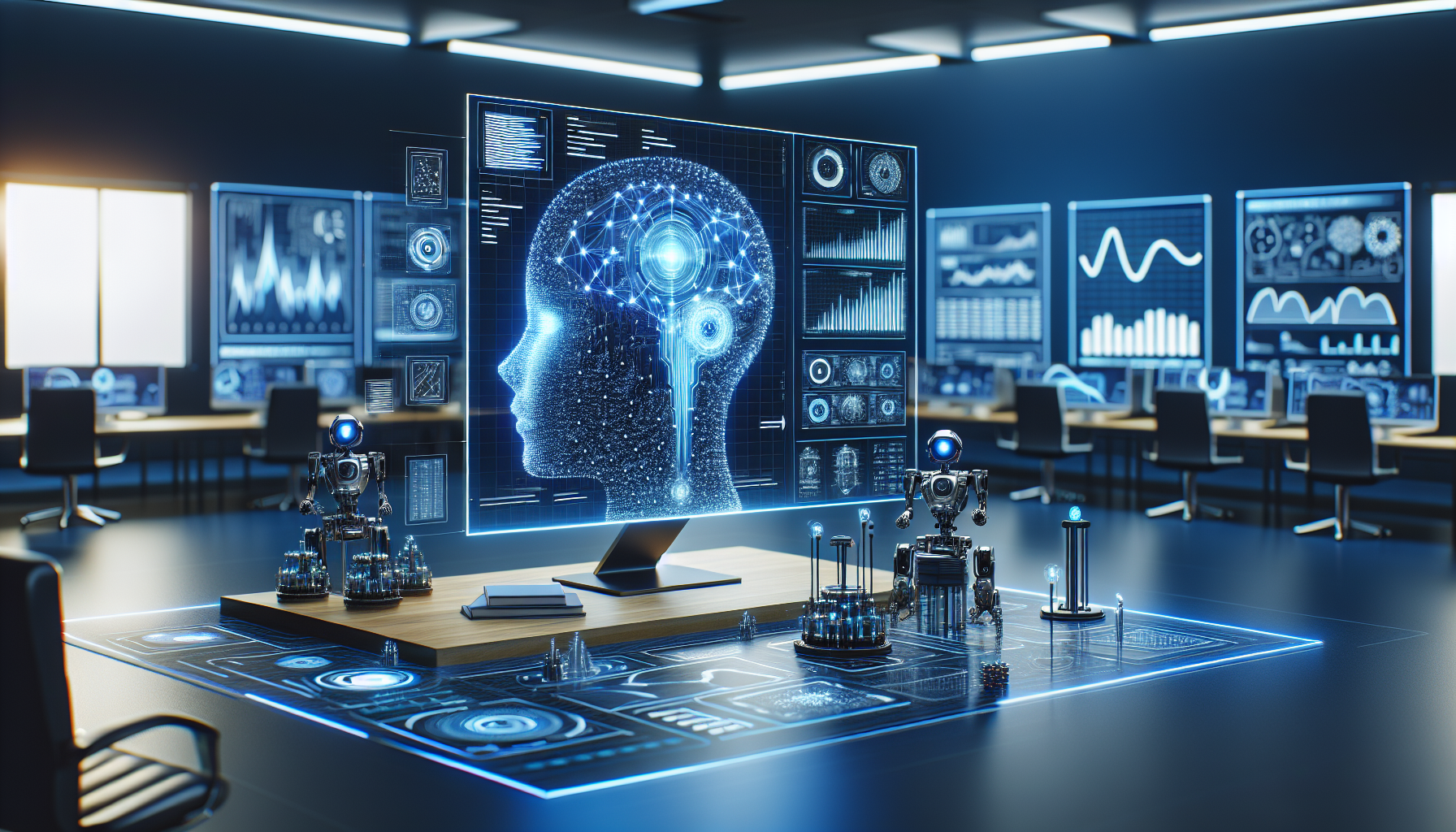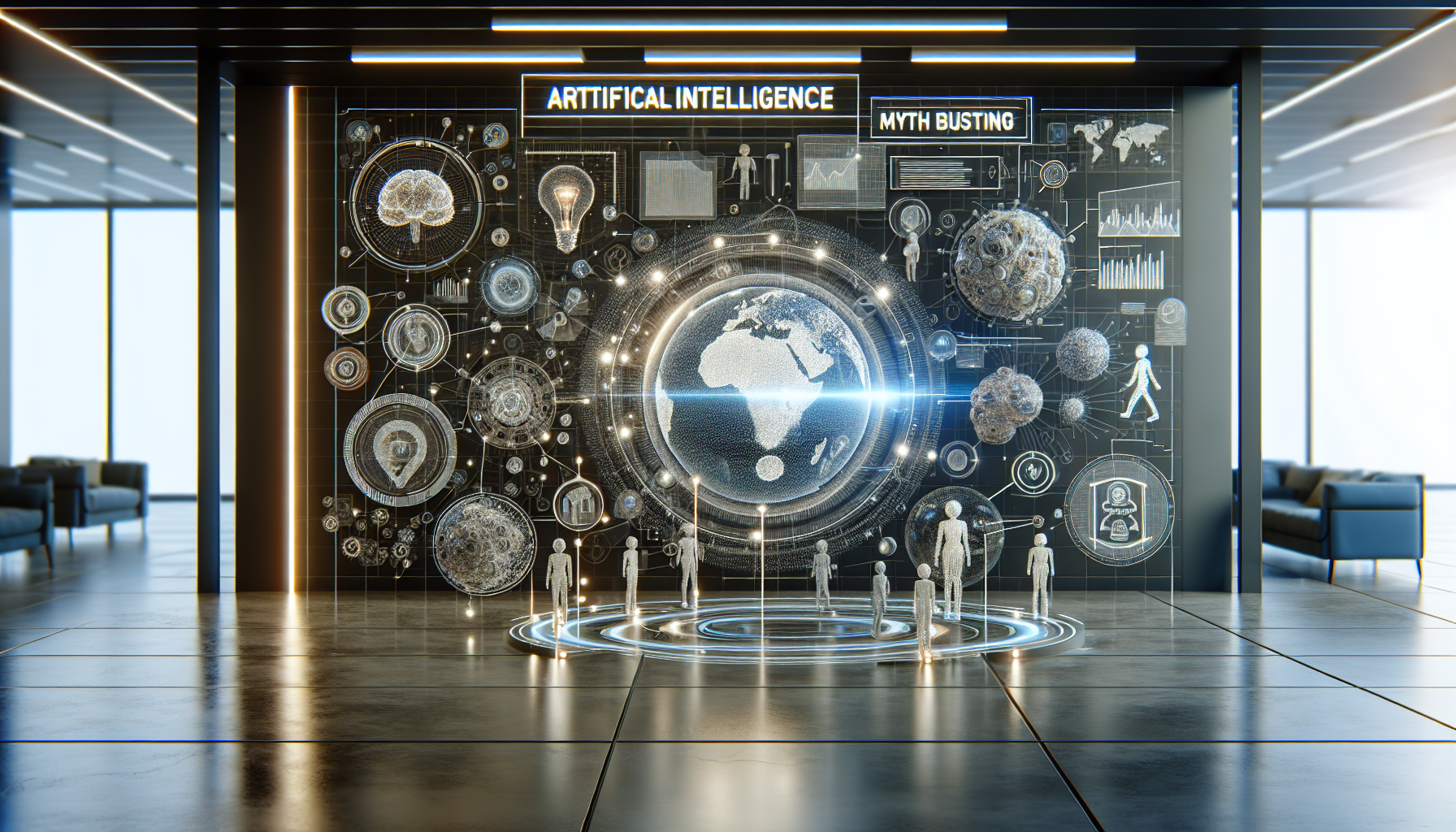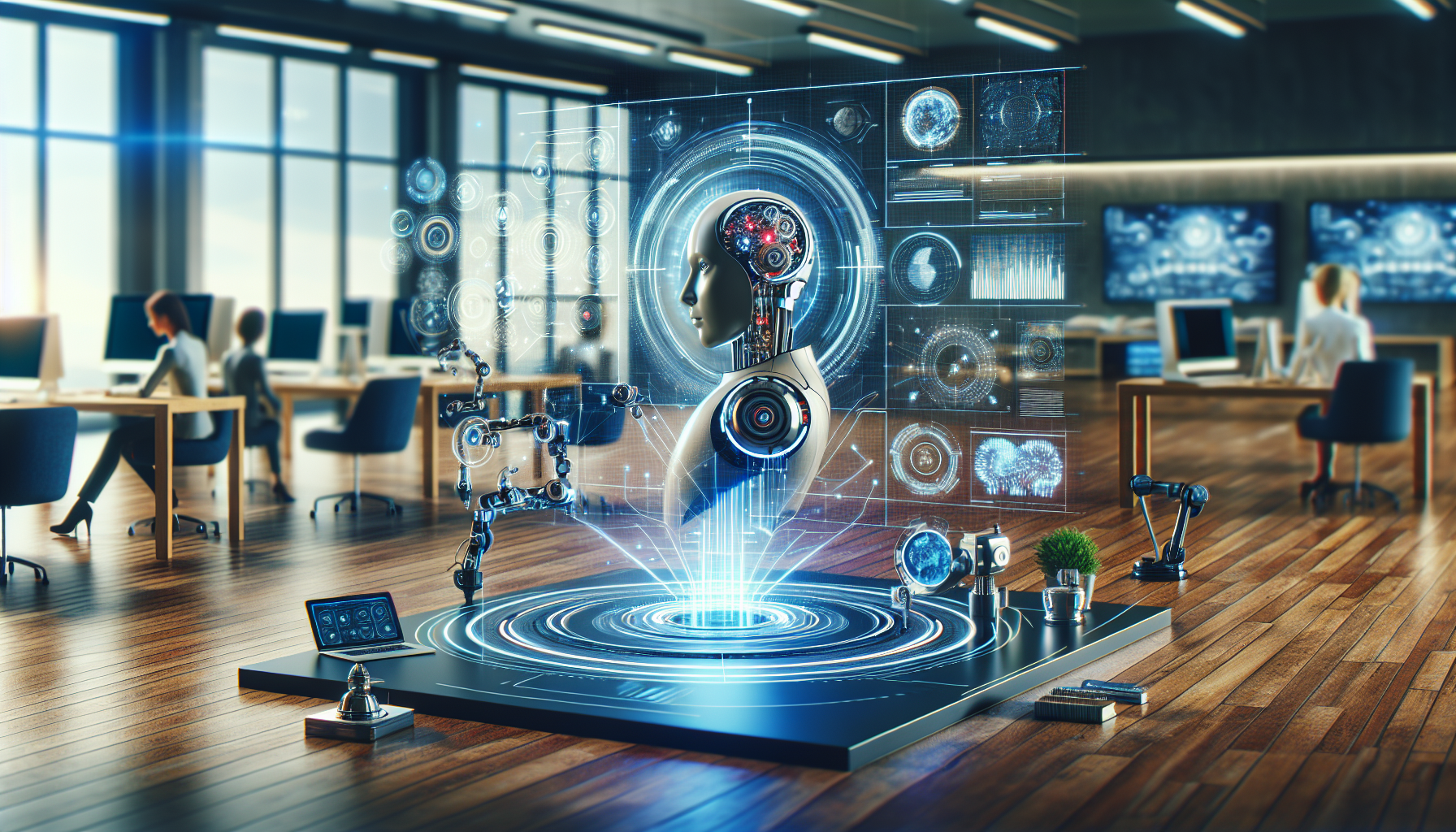
AI in Crisis Management: A Historical Perspective on Its Role in Natural Disasters
October 12, 2025
In an era where technology is intricately woven into the fabric of crisis management, AI has emerged as a pivotal player in responding to natural disasters. Yet, its journey from an innovative concept to a critical tool is marked by a series of both achievements and challenges that merit closer examination.
Historically, the reliance on artificial intelligence in disaster response can be traced back to attempts at automating decision-making processes during emergencies. Early implementations were characterized by rudimentary algorithms designed to predict weather patterns or manage logistics. These initial efforts, while groundbreaking, were limited by technology that was in its infancy. AI's potential was recognized, but the execution often fell short, constrained by computational power and data availability.
As technology advanced, the application of AI in crisis management began to take a more sophisticated shape. Machine learning models were developed to analyze vast datasets, providing insights that were previously unattainable. For example, AI systems became adept at processing satellite imagery and social media feeds to assess damage in real-time, offering critical information to first responders. However, these advancements were not without their pitfalls. The reliance on data-driven insights often overlooked the nuances of human judgment, leading to decisions that, while logical on paper, failed to account for the complexities of human behavior and local contexts.
The use of AI in predicting natural disasters has similarly been a double-edged sword. While algorithms have improved the accuracy of forecasts for hurricanes, earthquakes, and floods, the margin for error remains significant. False positives can lead to unnecessary evacuations, causing public distrust and economic disruption. Conversely, underestimations can result in catastrophic outcomes, highlighting the stark limitations of AI when human lives are at stake. This dichotomy underscores a critical lesson: AI, for all its computational prowess, lacks the intuitive understanding that human experience provides.
Moreover, the deployment of AI in crisis management raises ethical and privacy concerns. The collection and analysis of data necessary for AI to function effectively often infringe upon personal privacy, especially when monitoring social media or tracking mobile phone locations. Balancing the benefits of rapid response with the imperative to protect individual rights presents an ongoing ethical dilemma. The historical trajectory of AI in crisis response has been punctuated by debates over where to draw the line between public safety and personal freedom.
Despite these challenges, AI continues to evolve, with efforts to make it more reliable and ethically sound. Collaborative projects between governments, tech companies, and humanitarian organizations aim to refine AI tools, making them more adaptive to diverse crisis scenarios. Yet, the question remains: can AI truly replace the nuanced decision-making capabilities of human responders, or will it always serve as a supplementary tool, enhancing but never fully replicating the human touch?
As we critically assess the historical role of AI in crisis management, it becomes clear that its contributions are invaluable but not infallible. The narrative of AI in natural disaster response is one of continual improvement, where past lessons inform future developments. This journey highlights a fundamental truth: technology, while transformative, is most powerful when it complements rather than replaces human expertise.
In contemplating the future of AI in crisis management, one must ponder the implications of its growing role. Will advancements eventually lead to systems that can anticipate and mitigate disasters with minimal human intervention? Or will the inherent unpredictability of natural disasters always necessitate a human presence, capable of interpreting the subtleties that machines miss? As AI continues to shape the landscape of crisis response, these questions remain at the forefront of both technological innovation and ethical discourse, inviting a deeper exploration of what it means to manage crises in an increasingly digital world.


